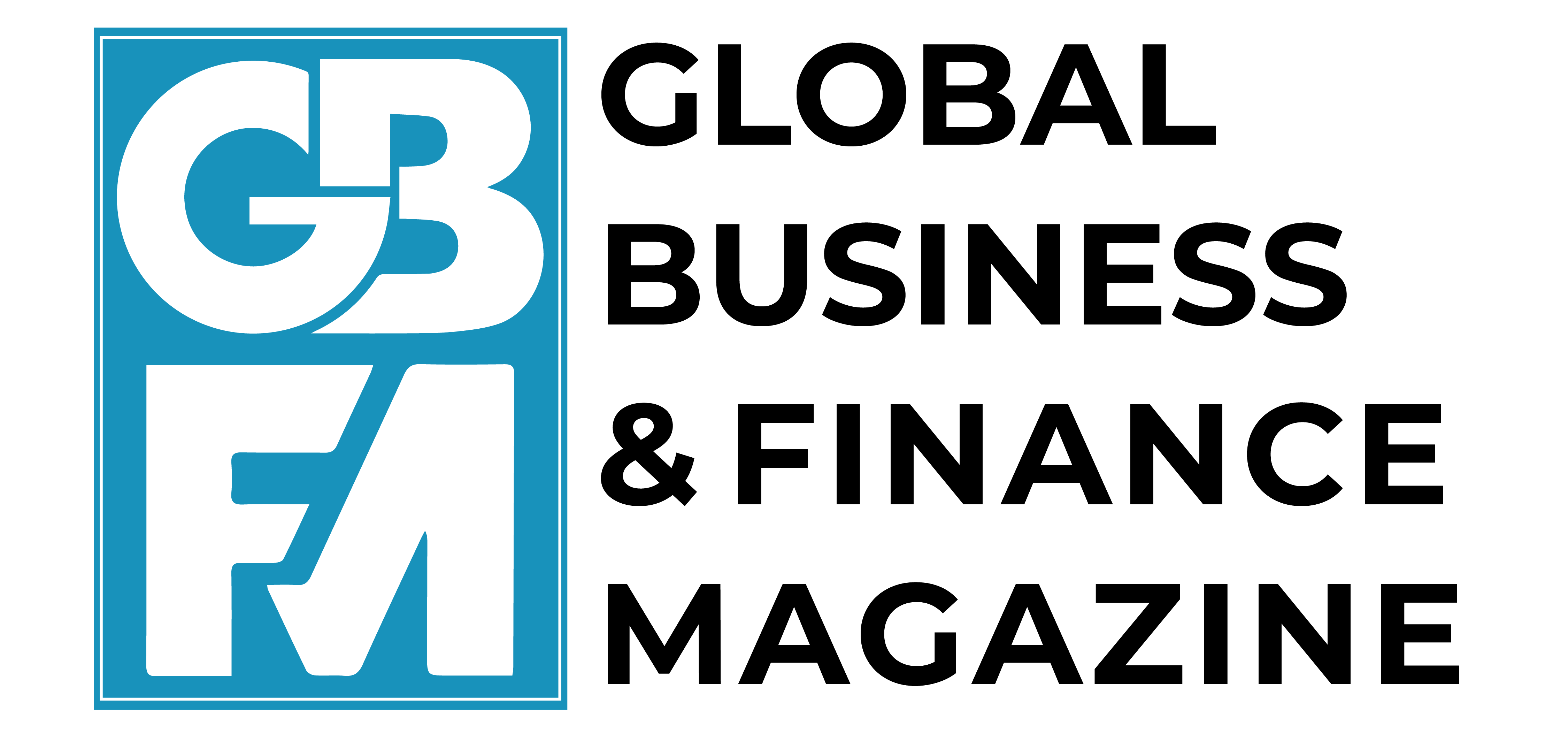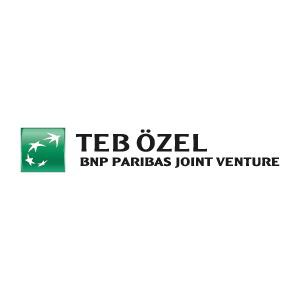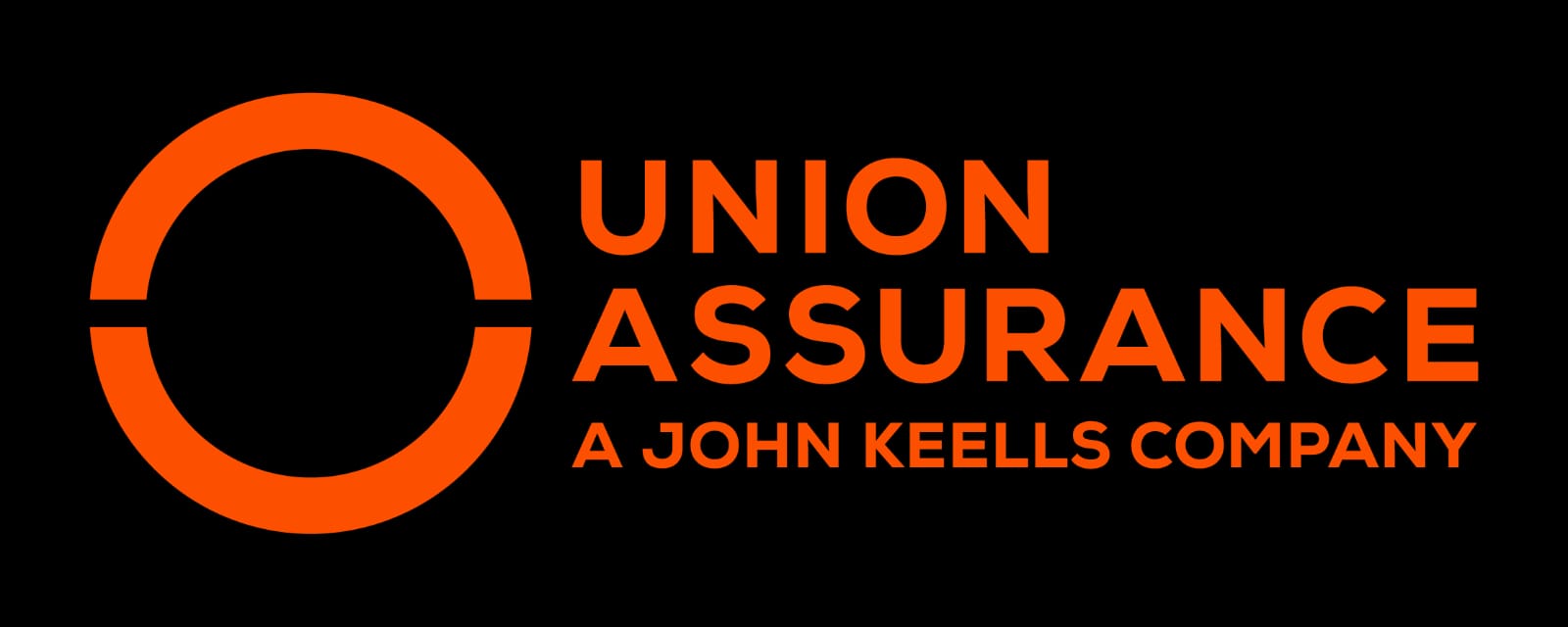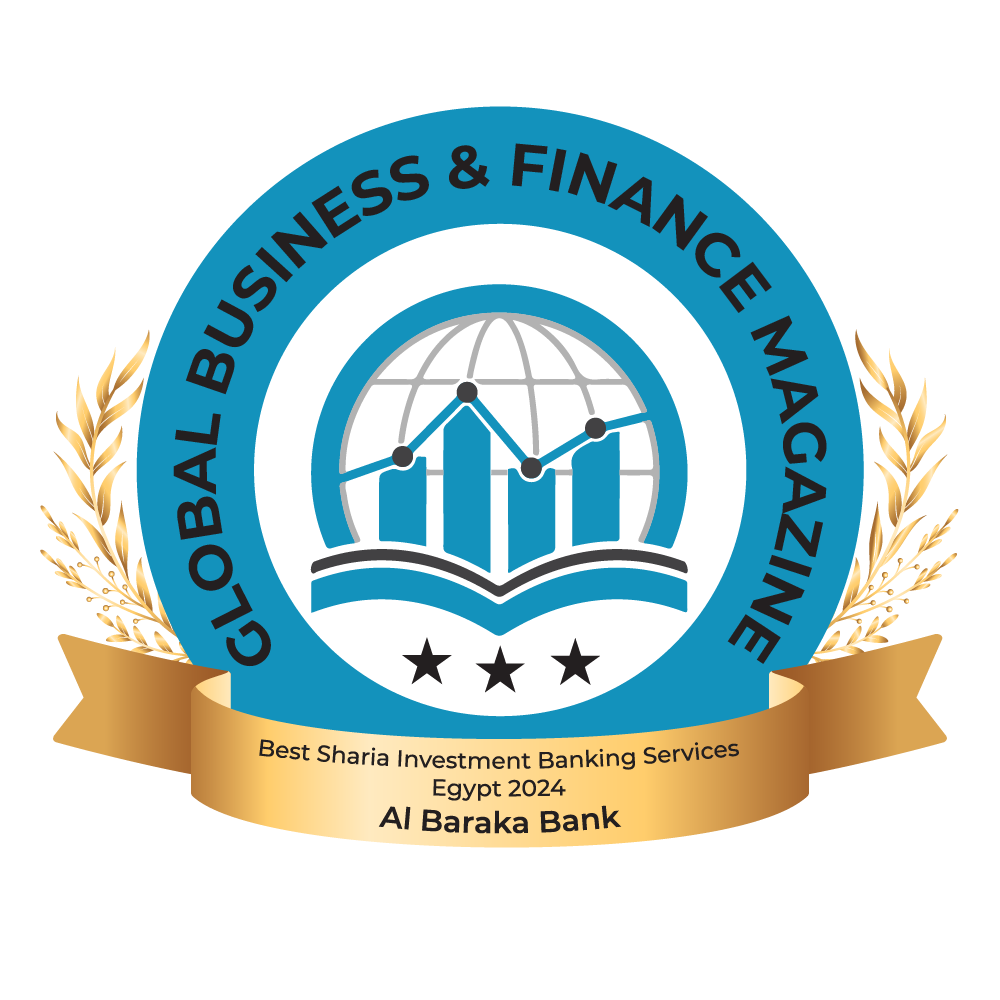The EU is determined to clamp down on organised crime’s infiltration of legitimate businesses and banking. This column shows that dismantling Mafia connections leads to more bank credit to legitimate businesses, raising local output and productivity. It also leads to a modest increase in borrowing costs, driven by foreign and non-local banks, as they update their risk models in light of new revelations. These findings suggest that tighter crime controls can strengthen the banking system and wider economy – a win-win for Europe’s security and prosperity.
As Europe finalises the design of its new Anti-Money Laundering Authority (AMLA), which will begin direct supervision of high-risk banks from 2025, policymakers face an important question: can tougher enforcement against financial crime strengthen the economy as well as protect it? In the wake of scandals like the Danske Bank money laundering case and revelations about Ndrangheta-linked shell companies, the EU is determined to clamp down on organised crime’s infiltration of legitimate businesses and banking. But will stricter policing of Mafia-style crime choke off credit to local firms, or can it actually unlock suppressed growth?
In our recent paper (Buchetti et al. 2025), we provide new evidence that purging a local economy of criminal firms does not stifle lending – instead, it boosts it. We show that dismantling Mafia connections triggers a surge in bank credit to legitimate businesses, lifts local output, and raises productivity – although it comes with a modest uptick in borrowing costs. These findings have important implications for the EU’s fight against organised crime and for the rollout of AMLA’s direct supervisory powers.
Our results complement earlier research showing how Mafia infiltration distorts public spending – for instance, diverting public funds and development transfers away from their intended targets (Narciso and Barone 2012). Other studies highlight how organised crime distorts local growth and governance more broadly (De Feo et al. 2018). Historical work on the Sicilian Mafia shows how weak institutions enable criminal networks to entrench themselves and suppress regional growth (Isopi et al. 2012). Related research finds that when the Mafia infiltrates firms’ boards, local economic performance suffers (Mocetti et al. 2019). Taken together, this evidence suggests that dismantling organised crime networks can unleash economic potential long constrained by criminal capture.
Our study builds on a uniquely robust dataset derived from real-world anti-Mafia police operations prosecuted under Article 416-bis of the Italian Penal Code – the central legal tool for tackling Mafia-related crime in Italy. This provision empowers law enforcement and the judiciary to dismantle organised crime groups through asset seizures, arrests, and the public disclosure of firm-level criminal ties. Using official court files and Italy’s Telemaco corporate registry, we matched individuals convicted under Article 416-bis to the firms they controlled or influenced as board members or shareholders – an approach aligned with established best practices (Chircop et al. 2023). To ensure legal certainty, we included only firms directly linked to final convictions, excluding any speculative connections. Between 2018 and 2021, we identified 722 Mafia-connected firms uncovered through 111 anti-Mafia operations across Italy. For clean before–after measurement, we focused on municipalities where police actions occurred for the first time during our study window, ensuring no confounding effects from prior interventions.
Combining this unique legal dataset with matched loan-level supervisory data, we compare areas directly affected by Mafia busts to otherwise similar areas untouched by such operations. The results are clear: when Mafia firms are dismantled, lending expands. On average, loans grow about 0.8% faster in municipalities targeted by police action than in comparable areas (Figure 1). In regions with entrenched Mafia presence the effect is stronger (around 1.2%), and in areas previously dominated by rent-extracting syndicates lending surges by up to 2.1%. In practical terms, this translates into hundreds of millions – or even billions – of euros in fresh credit flowing to legitimate businesses. At the same time, borrowing rates tick up slightly as banks reassess risks in light of newly exposed connections.
Figure 1 Effect of anti-Mafia police action on lending


Note: This figure illustrates diagnostic parallel trends in lending behaviour (loans) for the staggered adoption of anti-Mafia police actions. Point estimates are displayed along with 90% confidence intervals. The baseline (omitted) reference period is one quarter prior to the police action in each municipality, indicated by the solid vertical line in the plot.
However, the story does not end there. We also identify an information effect. As hidden criminal ties are revealed, banks update their risk models – nudging average borrowing costs up by about 0.018 percentage points. This echoes classic theories of credit market frictions (Stiglitz and Weiss 1981, Akerlof 1970, Holmstrom and Tirole 1997). Transparency strengthens markets in the long run but can raise perceived risk in the short term. We find that default probabilities rise modestly (by about 0.07 percentage points) after police actions, reflecting lingering uncertainty about other firms operating in the same local ecosystem (Johnson et al. 2002, Dell’Ariccia et al. 2014).
Importantly, not all banks respond the same way. Local and domestic banks – with deep community ties and access to soft information (Petersen and Rajan 2002, Degryse and Ongena 2005) – tend to adjust rates less than foreign or non-local banks, which rely more heavily on hard data alone. This nuance echoes the finding of Liberti and Petersen (2019): when shocks reveal hidden risks, local knowledge tempers excessive caution. Supporting healthy local banking networks can therefore help stabilise credit flows during disruptive enforcement actions.
Beyond lending, our study shows that rooting out criminal firms lifts local productivity, especially in areas where Mafia groups had previously engaged in coercive rent extraction. This finding aligns with broader evidence that removing inefficient or coercive actors reallocates capital to stronger, more competitive businesses (Foster et al. 2008, Baldwin and Gu 2006). Figure 2 illustrates how these Mafia-linked firms were concentrated in specific provinces, particularly across Northern and Central Italy.
Figure 2 Geographical distribution of criminal firms


Notes: This figure shows the number of firms classified as criminal in each province across Northern and Central Italy over the 2019-2021 period. Province borders are sourced from the Italian National Institute of Statistics (ISTAT).
These dynamics matter. Organised crime acts like an informal tax on the economy, raising costs and undermining productivity (Rodríguez-Pose and Ganau 2017). By contrast, dismantling Mafia-connected firms revitalises local markets. After a raid, output and efficiency in affected communities improve relative to places untouched by interventions. Freed from the distortions of criminal monopolies, honest businesses reinvest, expand, and hire more workers.
Why does this happen? We find two complementary mechanisms at work. The first is an intermediation effect: removing Mafia firms makes the local business climate safer and more transparent, giving legitimate firms more confidence to borrow and grow. The second is an information effect: police actions shine a light on hidden connections, bringing concealed risks into the open. Banks respond by modestly raising interest rates to reflect updated risk assessments. In short, removing criminal infiltration ‘uncages’ credit supply, but also prompts a recalibration of lending conditions as markets adjust. These effects do not hit all lenders equally. Local banks with strong community roots and good soft information maintain steadier lending terms and benefit from their relational advantage. By contrast, foreign and non-local banks, lacking this local insight, tend to raise borrowing costs more sharply as a precaution. This suggests that maintaining strong local banking networks can help sustain credit supply during periods of intensified financial crime enforcement – a point especially relevant as the EU’s new Anti-Money Laundering Authority expands its cross-border supervisory reach.
The broader lesson for policymakers is that crime suppression and financial development can go together. Our findings show that targeted police action against Mafia infiltration directly benefits the real economy by restoring fair competition and improving credit allocation. As the EU builds out AMLA’s supervisory role, the Italian experience suggests that coordinated intelligence and enforcement can make banks more resilient – not less – when tackling organised crime.
A few policy lessons stand out. First, integrating crime-fighting with financial supervision can yield clear economic benefits. Removing criminal firms unlocks credit for legitimate businesses and lifts productivity. Second, since the exposure of hidden risks can tighten credit conditions temporarily, policymakers may consider tools such as prudential buffers or information-sharing frameworks to help banks manage uncertainty without unduly restricting small and medium-sized enterprise (SME) lending. Third, supporting local and community-based banks is vital, as these institutions are often best placed to navigate the informational challenges that come with tackling crime infiltration. Fourth, in terms of long-term economic benefits, anti-Mafia interventions can serve as catalysts for economic revitalisation, leading to improved capital allocation, firm growth, and employment, particularly in regions previously dominated by criminal activity.
In short, the link between organised crime and finance runs both ways. Mafia networks distort markets and suppress growth, but dismantling them frees up capital for innovation and fair competition. Our research contributes to a growing body of evidence (Rodríguez-Pose and Ganau 2017, Sorrenti and Le Moglie 2020, De Feo et al. 2018, Isopi et al. 2012, Narciso and Barone 2012, Mocetti et al. 2019) showing that tighter crime controls can strengthen the banking system and the wider economy – a win-win for Europe’s security and prosperity. These findings align with prior work suggesting that criminal infiltration distorts public spending (Narciso and Barone 2012) and diverts local development resources (De Feo et al. 2018). Historical work on the Sicilian Mafia shows how weak institutions enable organised crime to embed itself and distort regional growth (Isopi et al. 2012). Where Mafia infiltration reaches corporate boards, firm performance and local growth suffer (Mocetti et al. 2019). Our evidence shows that robust law enforcement can reverse these distortions.
Source : VOXeu



































































